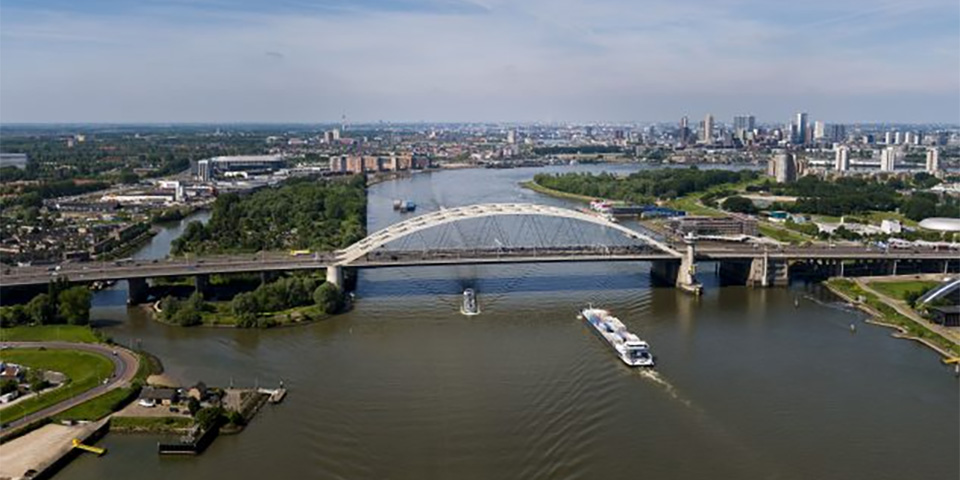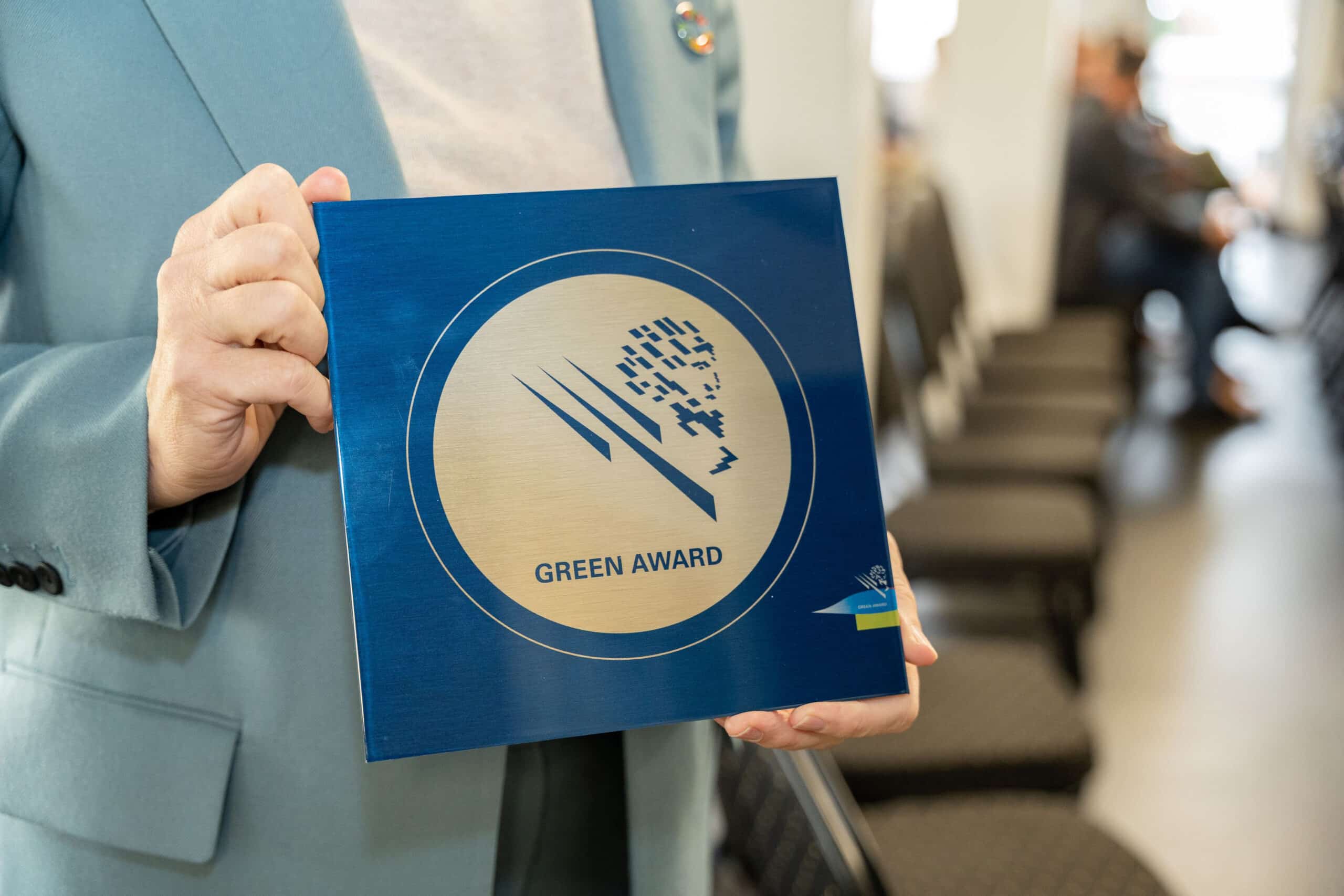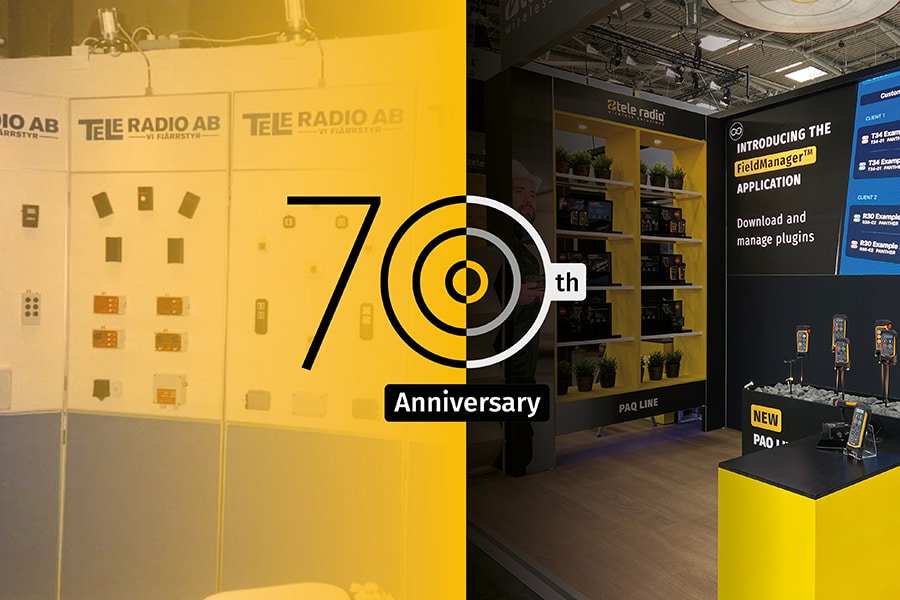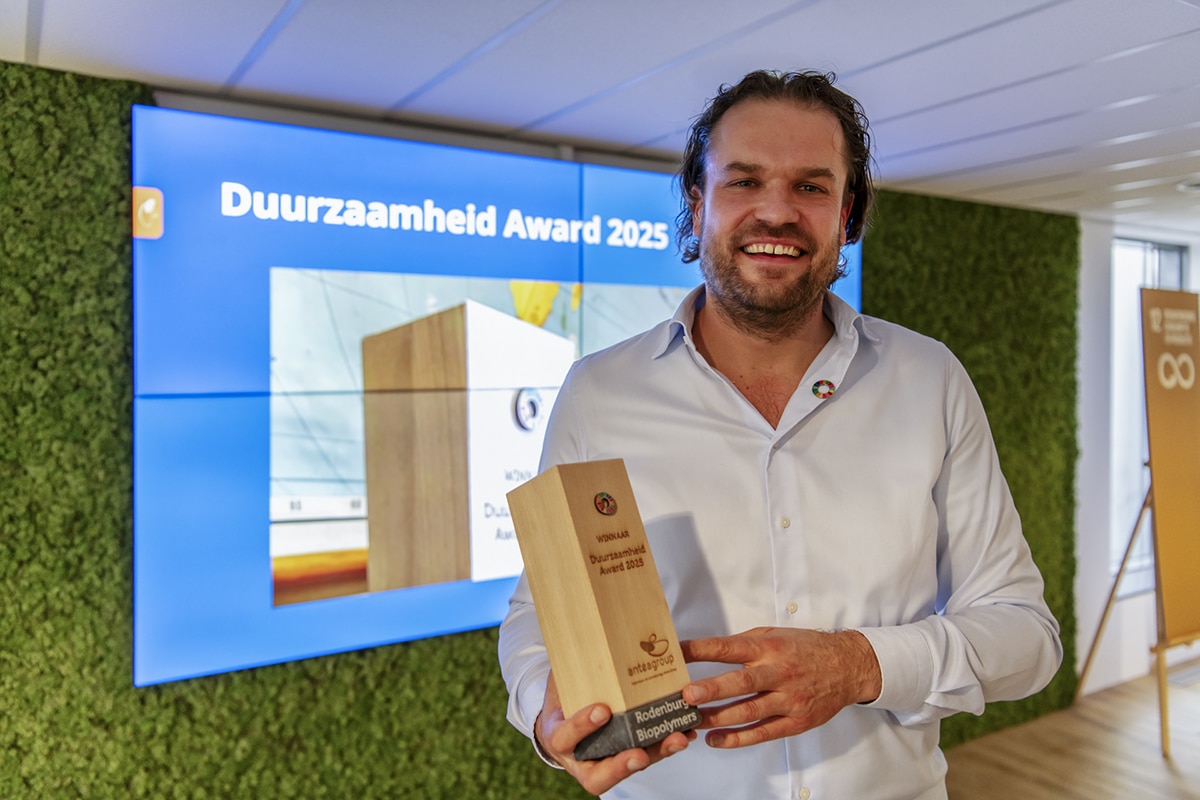
Replacement and renovation in infrastructure
We are facing the largest maintenance task in our history. Over the next few years, Rijkswaterstaat will replace and renovate dozens of bridges, tunnels, locks and viaducts. Many of them were built in the 1950s, 1960s and 1970s and are in urgent need of refurbishment. This is a huge job in which cooperation between the government and the market is more important than ever.

Jan Slager, director of Replacement and Renovation at the Department of Public Works and speaker at the conference Infrastructure Management and Maintenance.
Replacement and renovation program
With the Replacement and Renovation Program for bridges, tunnels, locks and roads, the Ministry of Infrastructure and Public Works aims to rejuvenate, renew and make existing infrastructure more sustainable. Much existing infrastructure is decades old. In the meantime, not only the infrastructure has changed, but also the transportation and thus the load on bridges and viaducts, among others. When replacing or renovating existing infrastructure, consideration is given to its future use. This includes the (changing) environment and its impact on the infrastructure in the decision-making process.
"You can't just replace existing infrastructure. A bridge, for example, was designed based on criteria it had to meet at the time. One option is to see how that bridge can last for decades more. In that case, we go for life extension. Smart monitoring is needed in this case. That can be done using data. This way, you can measure change in load, allowing you to determine if maintenance needs to be more intensive. Another option is replacement of the bridge. In that case, we need to see if the same bridge should be chosen again, or if the future calls for something different."

Source: Rijkswaterstaat. A16 and Van Brienenoord Bridge over the New Maas River.
Forecast
The Department of Public Works makes a forecast indicating what needs to be replaced or renovated in the coming years. This is done every two years and can be seen as a kind of MOT inspection. Rijkswaterstaat manages the road network and the water network. "We have to start looking at how we are going to organize that. We can't do everything at the same time, because then the whole of the Netherlands will come to a standstill, so to speak. Together with our partners; municipalities and provinces face the same task."
Prevention of failures
One of the noticeable consequences of aging infrastructure, are breakdowns that cause roads and waterways to be closed - temporarily. "The impact on the waterway and road network of breakdowns is great, so you want to avoid them. We still have occasional breakdowns. For example by engines that are at the end of their life, or engines where maintenance has taken place too late. You can get ahead of that with measurements, which allows you to repair in time. This allows you to do maintenance when it is desired instead of when it is necessary. In this way you cause less inconvenience to users and the environment. In addition, this often results in savings."
Data in infrastructure
You want to prevent those failures as much as possible. Monitoring bridges that are not yet on the list to be replaced, for example, can help. "That monitoring provides data that tells us something about the condition of the bridge. We make that data available to the market. Together with the market, we want to work toward predictive maintenance, with the goal of getting ahead of breakdowns."
Innovation in infrastructure
The maintenance task does not only concern the Netherlands, but a large part of Western Europe, including Germany, Italy and Belgium. This means that the Netherlands can join forces with other countries to innovate infrastructure in order to extend its lifespan. Worldwide comparative research is being conducted into smart methodologies for using data to predict the life span of infrastructure.
Future Prospect
"The replacement and renovation of infrastructure in the Netherlands will never be finished. We are now looking some 30 years ahead. Everything from the past has to be replaced or renovated now. When that is done, the infrastructure that was built now or recently has to be updated. Besides renovation, you also have to deal with regular maintenance. Given this task, we have to do things differently than before. We have to recognize that it is not something one-off that we are done with afterwards. This means that we need to think more structurally about replacing or renovating infrastructure, also looking at future use, future functionalities and new criteria such as circularity and sustainability. The further ahead you look, the more unchanging the future. For example, what does the rise of autonomous cars and drones mean for infrastructure load in the future? These kinds of questions are in the picture now, only the answers are not yet available. In part, we think about possible future scenarios ourselves, but we also discuss this with the market."
Dialogue with the market
"We are now working with market parties to see how we will realize this task together. This also involves the available knowledge and capacity needed to realize the maintenance task. Many employees will be retiring in the next few years. At the same time, technical courses are not producing enough potential new employees to fill this gap. This not only affects us, but also the market players."
Setting priorities
"No idea whether there are sufficient financial resources available to realize all future tasks. Of course we will make a prognosis, but only later on, on the basis of more extensive research, will you gain more insight into the actual costs. Based on technical urgency, available capacity and financial resources, and of course the political choices therein, we will prioritize what needs to be replaced or renovated as a priority. Of course, ensuring safety will always be paramount in this process."



